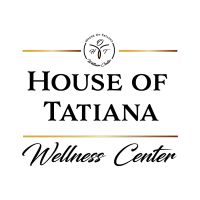The NIH Studies:
https://www.ncbi.nlm.nih.gov/pubmed/25380666
Low-level laser therapy (LLLT) reduces gene expression of inflammatory mediators. It is effective in the reduction of important proinflammatory markers. It is becoming a promising tool for the treatment of tendon diseases.
https://www.ncbi.nlm.nih.gov/pmc/articles/PMC4148276
LED promotes decrease of inflammatory cells, increased fibroblast proliferation, stimulation of angiogenesis, granulation tissue formation and increased synthesis of collagen. Evidence supports the success of LLLT in alleviating pain and treating chronic joint disorders.
https://www.ncbi.nlm.nih.gov/pmc/articles/PMC4479368/
Full Body LED treatment increases ATP, Improve collagen synthesis, stimulates the development of new blood vessels and increases blood flow. Red LEDs have the deepest tissue penetration of visible wavelengths and are therefore used to target dermal structures, such as adnexa and fibroblasts. Significant improvements in edema, erythema, bruising, and pain reduction were visible. Red LED has been shown to speed recovery from other procedures.
https://www.ncbi.nlm.nih.gov/pmc/articles/PMC3926176/
Stem cells can be activated, allowing increased tissue repair and healing. LLLT is useful for promoting wound healing, tissue repair, and skin rejuvenation.



